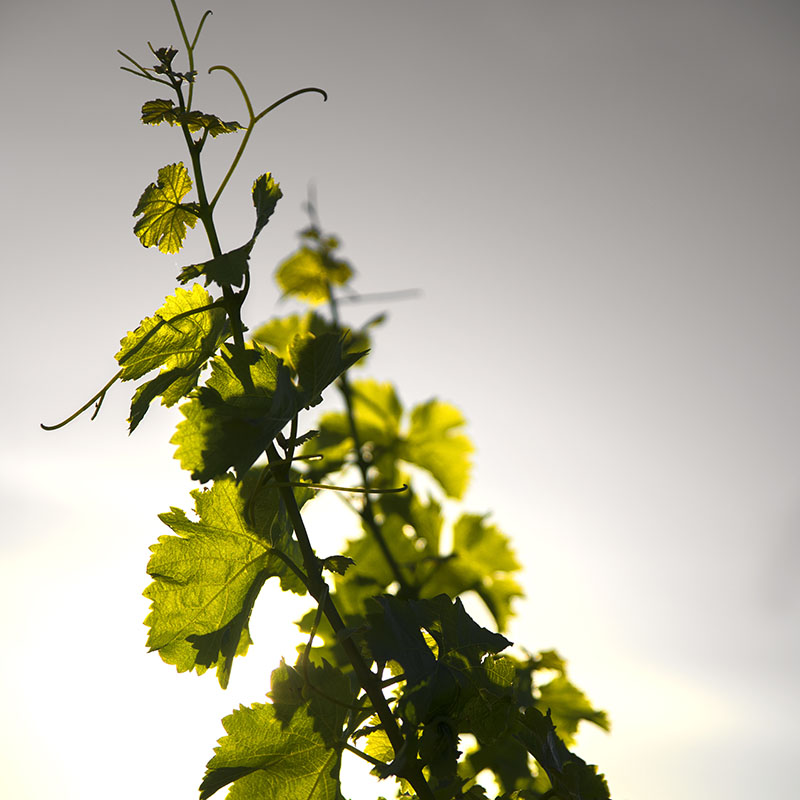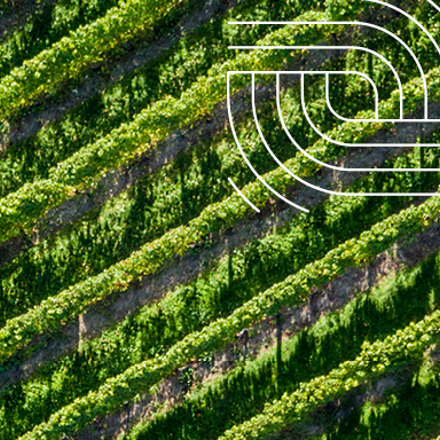99% of vineyards use non-chemical methods for managing pests and diseases.

The New Zealand wine industry takes a holistic, integrated approach to plant protection. We use cultural control methods such as pruning techniques and open canopies as a first line of defence against pests and diseases. Due to our island location, biosecurity planning is a particular strength of the New Zealand wine industry. By ensuring pests and diseases don’t make it into our vineyards, we reduce the need for chemicals in the first place.
To boost industry preparedness for an incursion, biosecurity planning will become a mandatory SWNZ requirement for the 2025/26 season. Where chemical sprays are necessary, an adherence to best practice, coupled with world-class data transparency, forms the core of our strategy. We maintain a national database of agrichemical use for all vineyards, giving us amongst the highest level of data transparency of any wine industry in the world – a particular point of pride. The New Zealand wine industry leads the world in the development of individualised agrichemical benchmarking reports for vineyards.
Every chemical application on a vineyard is recorded in our system. This ensures that we have nationwide insight into what grape growers are using and how they are using it. The data is then sent to growers in individualised reports, empowering them to visualise and identify improvement opportunities.
Of the 99% of vineyards who used non-chemical methods for managing pests and diseases:
- 87% of vineyards undertake winter pruning for open canopies
- 94% of vineyards mulch vine prunings
59% of SWNZ members have completed NZW Biosecurity plans, and are prepared to respond to a biosecurity incursion
100% of agrichemical application across our industry are entered into our national database for analysis and benchmark reporting
100% of vineyards receive individualised chemical-use benchmarking reports
2,267 hectares of land has been contributed for biodiversity protection, restoration, or enhancement, such as planting wetlands and native trees.






